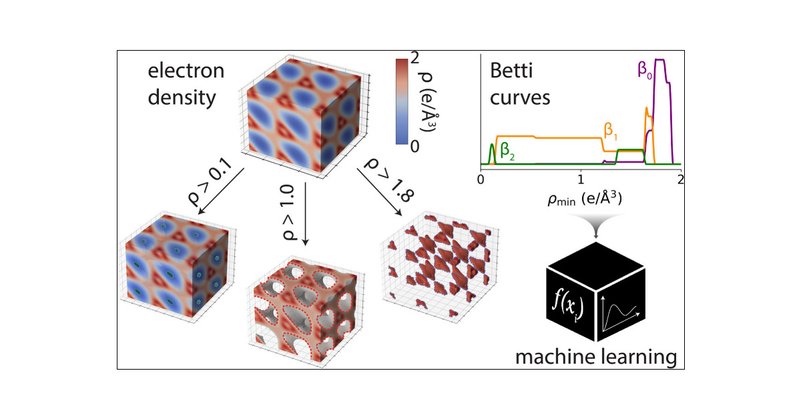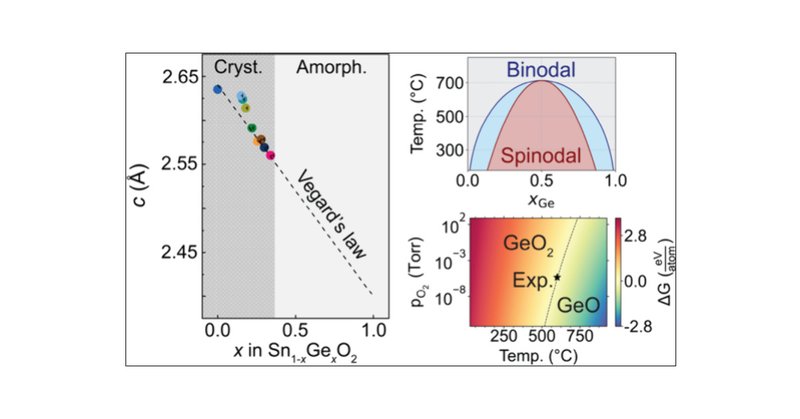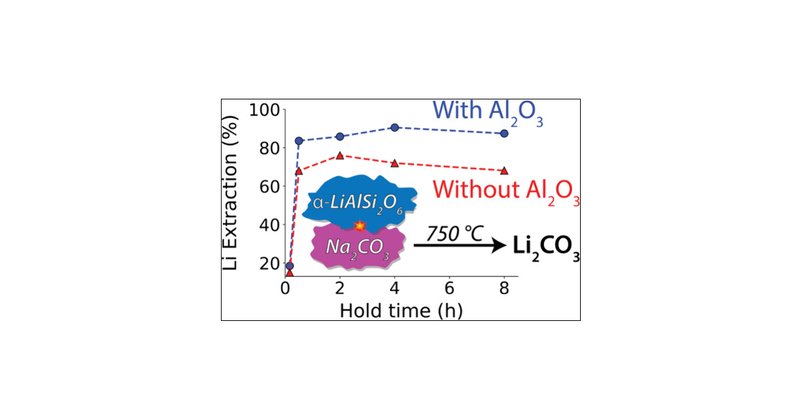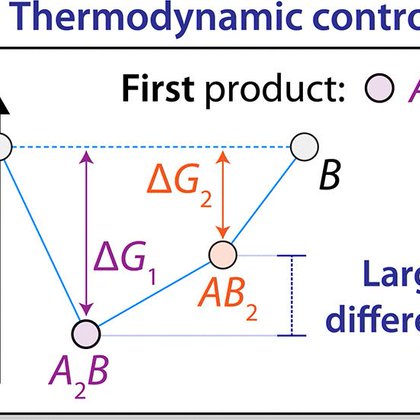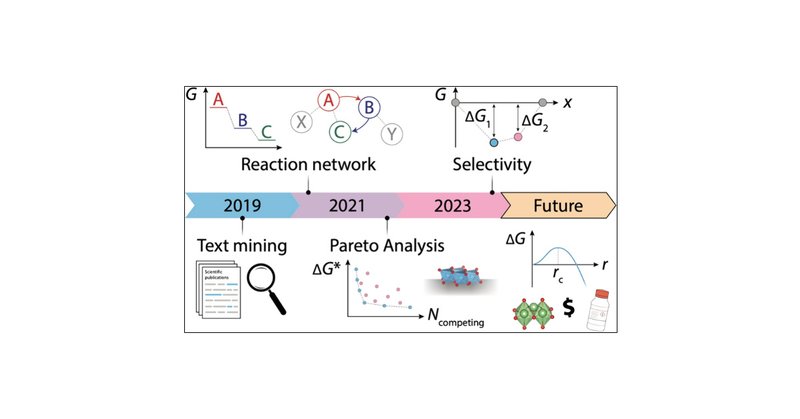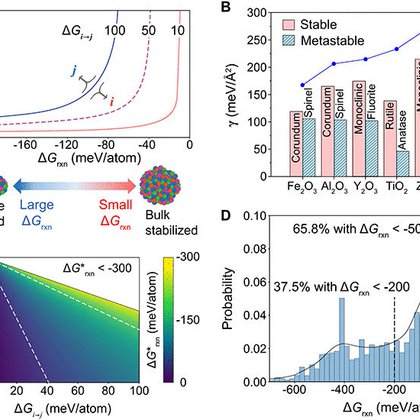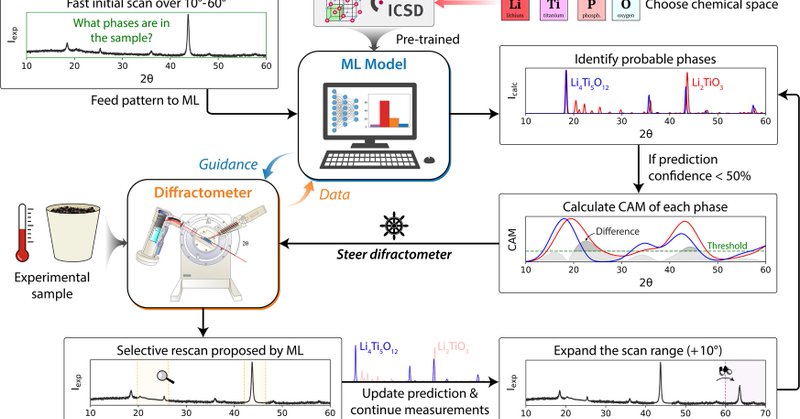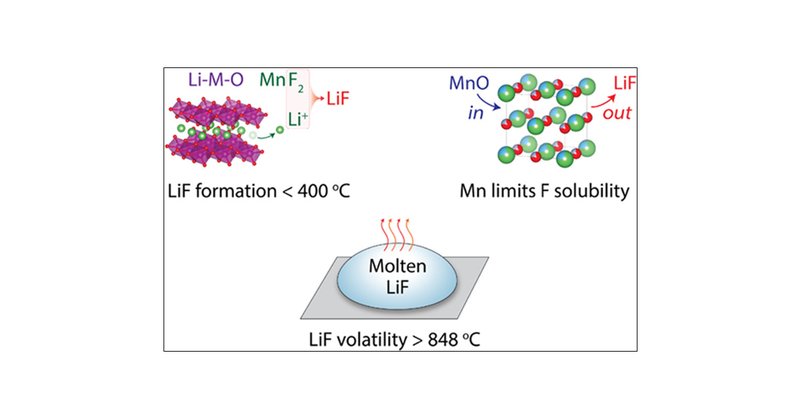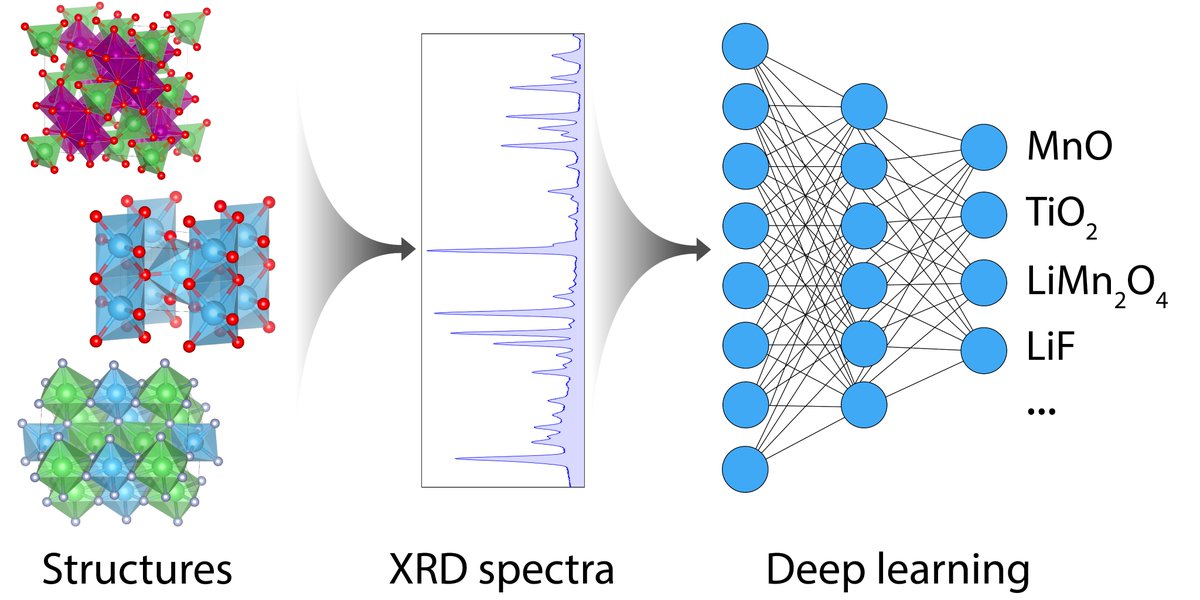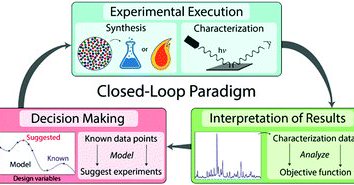
Nathan Szymanski
@NJSzymanski
Followers
476
Following
1K
Media
3
Statuses
25
Postdoctoral researcher at @UMNCSE in the group of @ChrisJBartel working on computational materials design. Incoming professor at @UCLA Materials Science.
Joined September 2013
New paper out in @ACSPublications introducing some topological descriptors of electron density for inorganic materials! We hope these can supplement existing descriptors like Bader charges and serve as compact inputs for machine learning.
pubs.acs.org
Descriptors play an important role in data-driven materials design. While most descriptors of crystalline materials emphasize structure and composition, they often neglect the electron density─a...
0
0
4
RT @JalanMbeLab: Just published in @NanoLetters In close collaboration with Chris Bartel's group, We reveal growth mechanisms of rutile Ge….
pubs.acs.org
Rutile GeO2 and related materials are attracting interest due to their ultrawide band gaps and potential for ambipolar doping in high-power electronic applications. This study examines the growth of...
0
1
0
Some new work from Shilong Wang in the @cedergroup on a method for efficient and acid-free extraction of Li from spodumene, a common mineral used in battery manufacturing - happy to be a part of this!.
pubs.acs.org
With increasing battery demand comes a need for diversified Li sources beyond brines. Among all Li-bearing minerals, spodumene is most often used for its high Li content and natural abundance....
0
1
11
Our latest work on understanding solid-state synthesis is out now in @ScienceAdvances where we use in-situ XRD to show that initial reaction products can (*sometimes*) be predicted using DFT-computed thermochemical data!
science.org
In situ characterization reveals the conditions where reaction outcomes can be predicted using thermodynamic calculations.
2
2
42
RT @yuxing_fei: 🚨 Preprint Alert 🚨. How to manage experiment workflows in an autonomous lab just like managing computational workflows?. We….
0
3
0
New perspective out in @ACSEnergyLett where @ChrisJBartel and I share our thoughts on how computations have and will continue to play a role in guiding the synthesis of battery materials. Check it out!
pubs.acs.org
Materials synthesis is a critical step in the development of energy storage technologies, from the first synthesis of newly predicted materials to the optimization of key properties for established...
0
2
17
RT @YanHelenZENG: Check out our latest work on Selective formation of metastable polymorphs in solid-state synthesis | Science Advances htt….
science.org
Metastable polymorphs with low surface energy are made accessible by reactions with large thermodynamic driving force.
0
2
0
Excited to share our work in @Nature on the A-Lab, an AI-driven robotic platform that automates materials synthesis. It discovered 41 new compounds in 17 days of closed-loop experiments! Thanks to @cedergroup and @YanHelenZENG for leading this effort!.
7
30
196
Our method to automate the optimization of solid-state synthesis is out now in @NatureComms! It uses DFT data but also learns from experiments to find the best precursors for a given material. We hope this can help guide future autonomous platforms 🤖 😃.
2
17
54
Short-range order plays an important role in the performance of DRX cathodes 🔋 check out our latest work in @ChemMater where we show how pair distribution function data can be used to study this property!. Thanks to @Bin_Ouyang_CMS and @ChrisJBartel.
pubs.acs.org
Pair distribution function (PDF) analysis is a powerful technique for the characterization of short-range order (SRO) in disordered materials. Accurate interpretation of experimental PDF data is...
0
5
39
Happy to be a part of this work! Check it out if you're interested in using neural networks to analyze data from XRD, NMR, or Raman spectroscopy 🔬.
Proud to present our recent work on the evaluation of neural network architectures for classifying spectroscopic data. The article is available in @Nature_NPJ.
0
1
5
Excited to share our recent work in @Nature_NPJ, where we show that machine learning can be used to "drive" XRD measurements and identify phases in real time!. Thanks to @ChrisJBartel @YanHelenZENG @delmouha.
nature.com
npj Computational Materials - Adaptively driven X-ray diffraction guided by machine learning for autonomous phase identification
1
9
49
For those interested in synthesis science and DRX cathodes, check out our latest article in @ChemMater showing several factors that govern fluorination. Big thanks to all the great collaborators! @YanHelenZENG @cedergroup @ChrisJBartel @ClementGroupSB .
pubs.acs.org
We have designed and tested several synthesis routes targeting a highly fluorinated disordered rocksalt (DRX) cathode, Li1.2Mn0.4Ti0.4O1.6F0.4, with each route rationalized by thermochemical analys...
3
9
64
RT @jschuetzke: We present a synthetic dataset generator to benchmark machine learning models on spectroscopic data. Spoiler: No neural ne….
0
1
0
Happy to share our recent work in @ChemMater on automating phase identification for XRD spectra with a probabilistic CNN!. Thanks to @cedergroup @ChrisJBartel . Code: Paper:
0
5
24
Check out our review on autonomous experimentation for novel inorganic materials synthesis, now published in @MaterHoriz! . @cedergroup @ChrisJBartel @BerkeleyLab .
pubs.rsc.org
Autonomous experimentation driven by artificial intelligence (AI) provides an exciting opportunity to revolutionize inorganic materials discovery and development. Herein, we review recent progress in...
0
8
17
